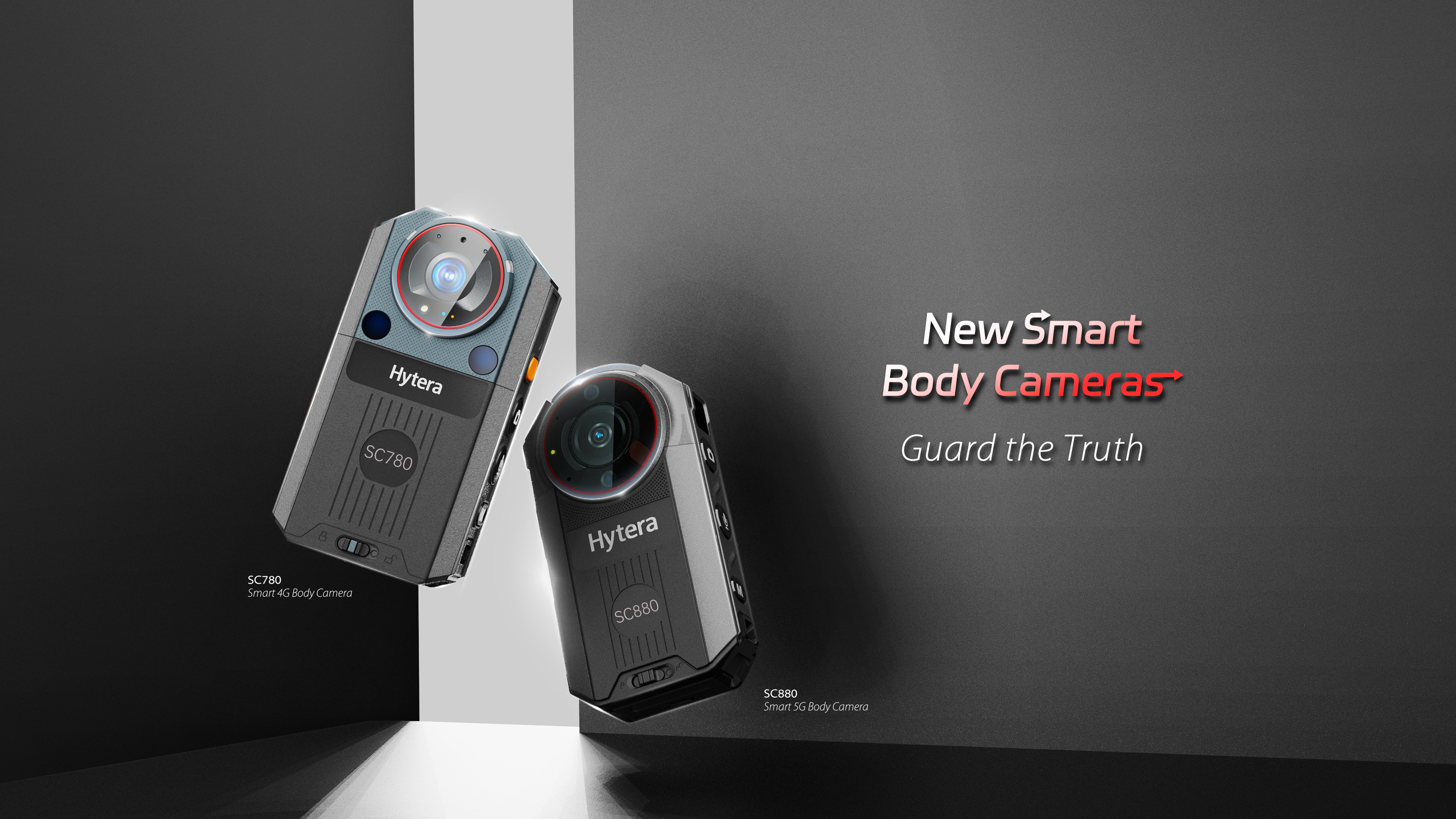How Smart Body Cameras Protect Ground Staff at Airports?
Bodycam
Ever had that annoying experience where your luggage was totally fine when you checked it in, but got damaged by the time you picked it up after the flight? It's a common headache for travelers. To tackle this, most airports have put surveillance cameras at both ends of the baggage carousels. But when it's super crowded or there are blind spots, keeping an eye on everyone grabbing their bags gets tricky. That's where body cameras come in. Do most airport staff need to have them? Absolutely! Let's break it down. We will discuss the following 3 topics:
1. Which Airport Jobs Need Body camera?
2. How Do Body Camera Features Help Airport Workers?
3. How Do You Get, Store, and Manage the Footage from Body Cameras?

Which Airport Jobs Need Body Cameras?
Security Staff: Airport security is a big deal. The guards manning checkpoints, patrolling the terminal, or watching over restricted areas should definitely wear body cameras. These gadgets can catch any fishy behavior, security slip-ups, or arguments during checks. Like, if a passenger and a security officer get into a tiff during a bag search, the camera will record the whole thing. That way, we can make sure security rules are followed and have proof if there's a dispute.
Baggage Handlers: As we talked about, damaged luggage is no rare thing. Baggage handlers who work in spots with not much camera coverage, like the areas where the baggage system connects different parts, should use body cameras. If a passenger says their bag got messed up while being handled, the camera footage can show if the handlers did everything right.
Ground Crew: The folks doing ground work, like coordinating when planes are pushed back, refueling, or guiding passengers to their gates, can get a lot out of body cameras. If something goes wrong, say a close call between a ground vehicle and a plane, the camera will capture what led up to it. That's really important for figuring out what happened safety-wise.
How Do Body Camera Features Help Airport Workers?
Video and Audio Recording: Most body cameras have high-def cameras and good microphones. This means airport staff can get clear videos and audio. For security folks, clear video can help spot people who are up to no good. If someone's acting suspicious in the terminal, the high-def video will show their face clearly. The audio is handy too – it can pick up conversations that might hint at trouble.
Portable and Tough: These cameras are easy to carry, so staff can have them on all shift long without hassle. And they're tough, which matters in a busy, sometimes rough airport. Baggage handlers can clip them to their uniforms, and they'll hold up to all the moving around and bumps. They keep working even when things get a bit chaotic.
Real-Time Streaming (on some models): Some fancier body cameras can send video and audio live. For ground crew, if there's an emergency – like a fire near a plane while refueling – they can send the live video straight to the control tower or emergency teams. That helps everyone make quick decisions and respond faster.
How Do You Get, Store, and Manage the Footage from Body Cameras?
Getting Access: Not just anyone can see the recorded stuff. Usually, only airport security managers, supervisors, or other authorized people can get to it. They might need a password or code to watch the videos. If there's an investigation, the police might get access too, but only by following the right legal steps. For example, if there's a crime at the airport, the security team will work with the
cops to give them the needed footage.
Storing the Footage: There are a few ways to store the data from body cameras. Some cameras have their own storage, and others can connect to a central server. The data is usually encrypted to keep it safe and unchanged. Big storage servers can hold months or even years of recordings. And it's organized so it's easy to find what you need. Like, each recording can be tagged with the date, time, place, and who was wearing the camera.
Managing It All: There needs to be a good system to manage these recordings. That includes checking regularly to make sure the cameras work, there's enough storage space, and the data is backed up. Airport bosses should also have a rule about how long to keep the recordings. For example, security-related ones might be kept for a year, and baggage handling ones for six months. If there's a data leak or a problem with the system, there should be a plan to fix it fast.
Picture this: A passenger accuses a baggage handler of rough handling, causing a dent in their expensive suitcase. The handler, wearing a body camera, can quickly pull up the footage. It clearly shows that the baggage was handled carefully, and the damage must have occurred before it even reached the handler. This not only clears the handler but also saves time and stress for everyone involved.
Here, it's worth introducing Hytera's body cameras, which have shown excellent performance in various scenarios. Their body cameras like SC780, SC880, SC580, are equipped with high-definition imaging sensors, capable of capturing clear and detailed videos even in low-light conditions. The audio recording function is also top-notch, with advanced noise-cancellation technology, ensuring that every important conversation can be accurately recorded. In terms of portability, Hytera's body cameras are designed to be lightweight and easy to attach to uniforms, not causing any burden to the staff during their work. Their durability is also remarkable, able to withstand the harsh airport environment, including vibrations, impacts, and temperature changes. Some of their advanced models support real-time data transmission, enabling seamless communication and quick response in emergency situations. For example, in large-scale events or security-sensitive operations, Hytera's body cameras have provided reliable visual and audio data support, helping relevant personnel to make timely and accurate decisions.
All in all, body cameras are super useful in airports. They help boost security, sort out arguments, and make airport operations run better. If we know which jobs need them, how their features help, and how to manage the footage, airports can use this tech to make traveling safer and smoother for everyone.






